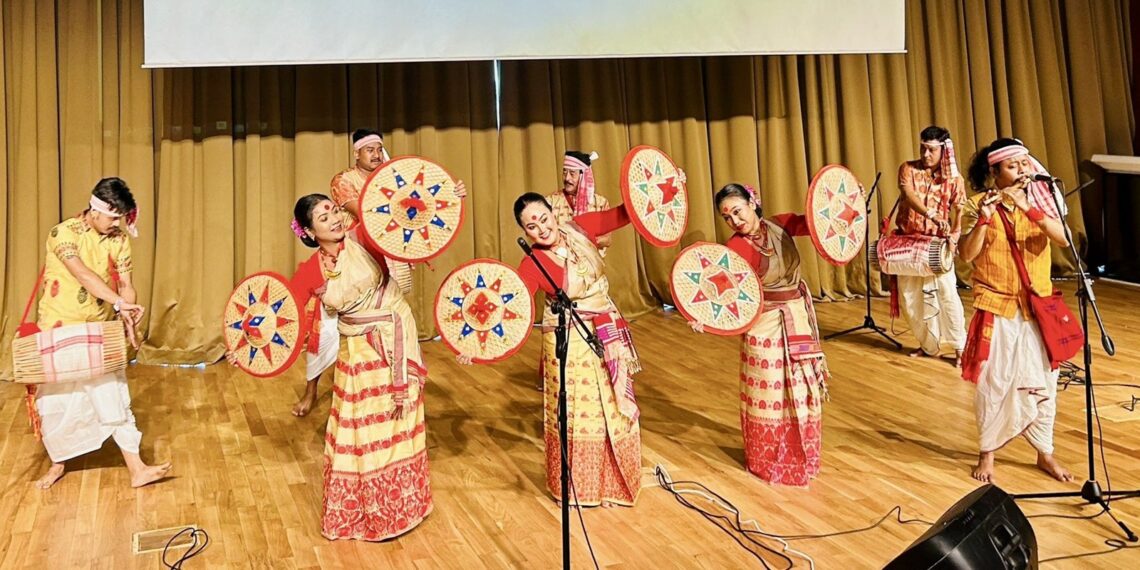New Delhi: As efforts intensify to include Bihu in UNESCO’s list of intangible cultural heritage, a newly released anthology delves into the various dimensions of Assam’s iconic festival, examining its origins, traditions, and evolving role in society.
Edited by academician Sanjib Kr Borkakoti, the book titled Bihu: The Agricultural Festival of Assam brings together scholarly essays that analyse the festival from multiple perspectives — its cultural essence, regional variations, and historical significance.
The publication is part of a larger campaign by the Northeast India chapter of the International Council on Monuments and Sites (ICOMOS), which has been organising awareness programmes to highlight Bihu on the global stage.
“We launched a series of initiatives to inform both the public and the government about the importance of Bihu and the need to pursue the official process for its UNESCO inscription,” Borkakoti said, explaining the motivation behind the book.
“This compilation was conceived to document Bihu’s unique features and help preserve its heritage.”
The anthology addresses diverse themes, from the festival’s celebration across different communities to the theories surrounding its origin and nomenclature.
According to Borkakoti, serious academic research is essential not only because of the complexity of Bihu’s traditions but also due to growing concerns over distortion and the gradual erosion of community practices.
In the book’s preface, he notes that folklore studies and indigenous knowledge systems underscore the festival’s academic significance.
“An academic discourse on Bihu is vital to safeguard its authenticity and pass it on to future generations,” he writes.
Dilip Changkakoty, ICOMOS India’s Northeast zone representative, argues that Bihu should be viewed as “Bapati Sahon” — a patrimonial cultural property that reflects civilisational continuity and ancestral inheritance.
He adds that the festival aligns with UNESCO’s criteria for intangible cultural heritage due to its value as a traditional performing art, its deep roots in communal memory and rituals, and its role in transmitting cultural identity.
Beyond its cultural charm, the book also touches on Bihu’s socio-economic aspects, including career opportunities linked to the festival and its economic significance.
Published by Purbayon Publication, the anthology aims to create a comprehensive academic framework for understanding and preserving this centuries-old tradition.















